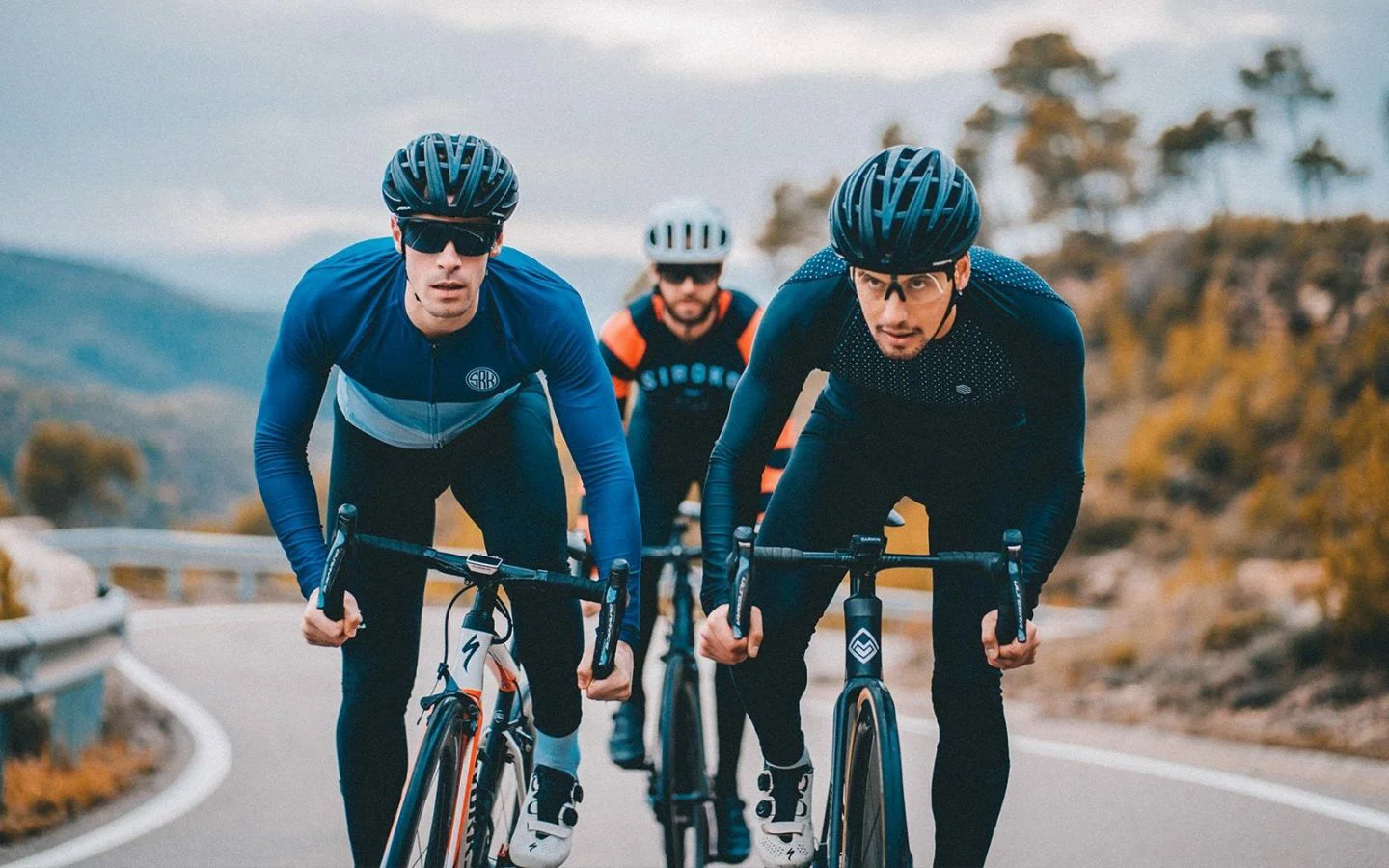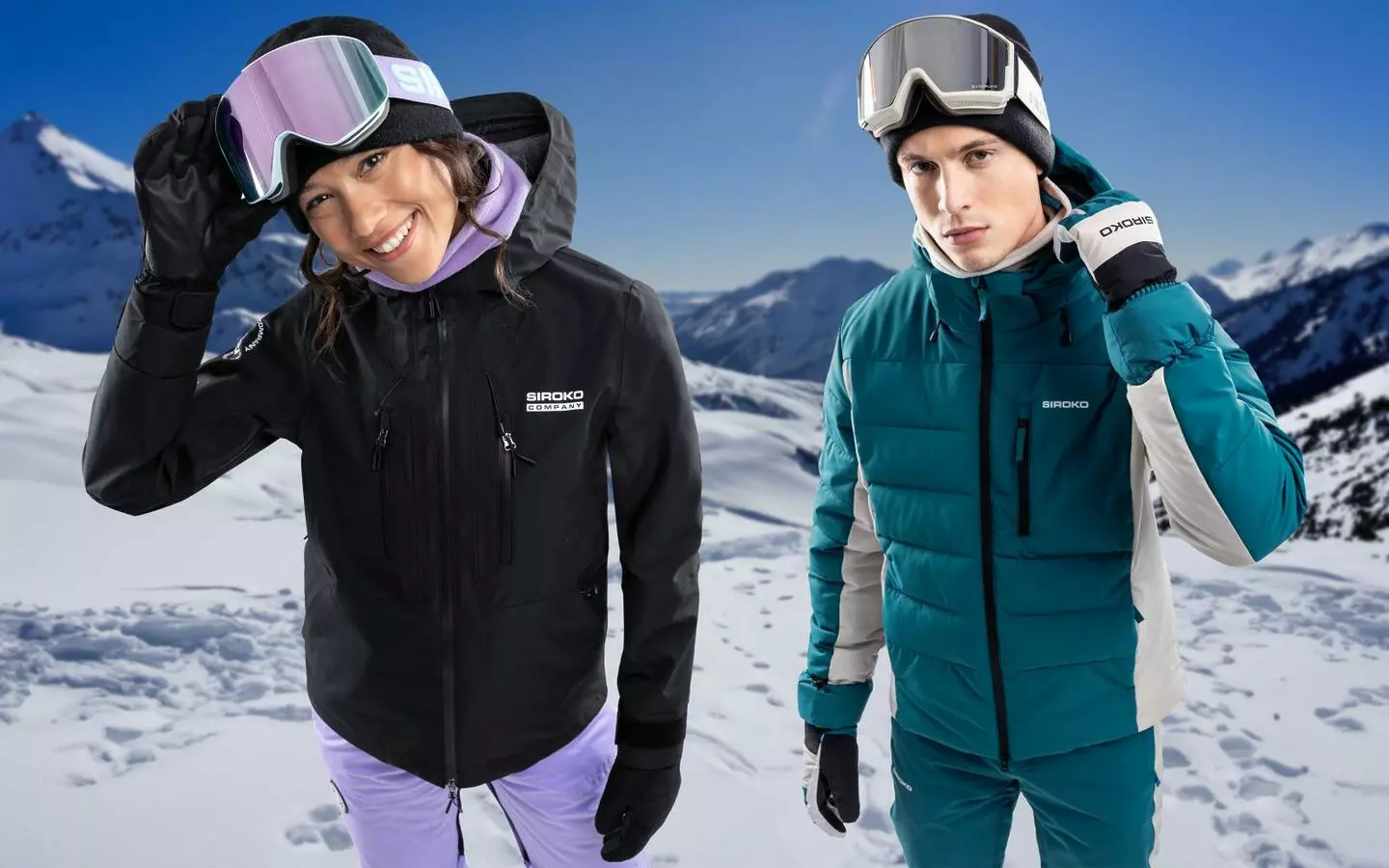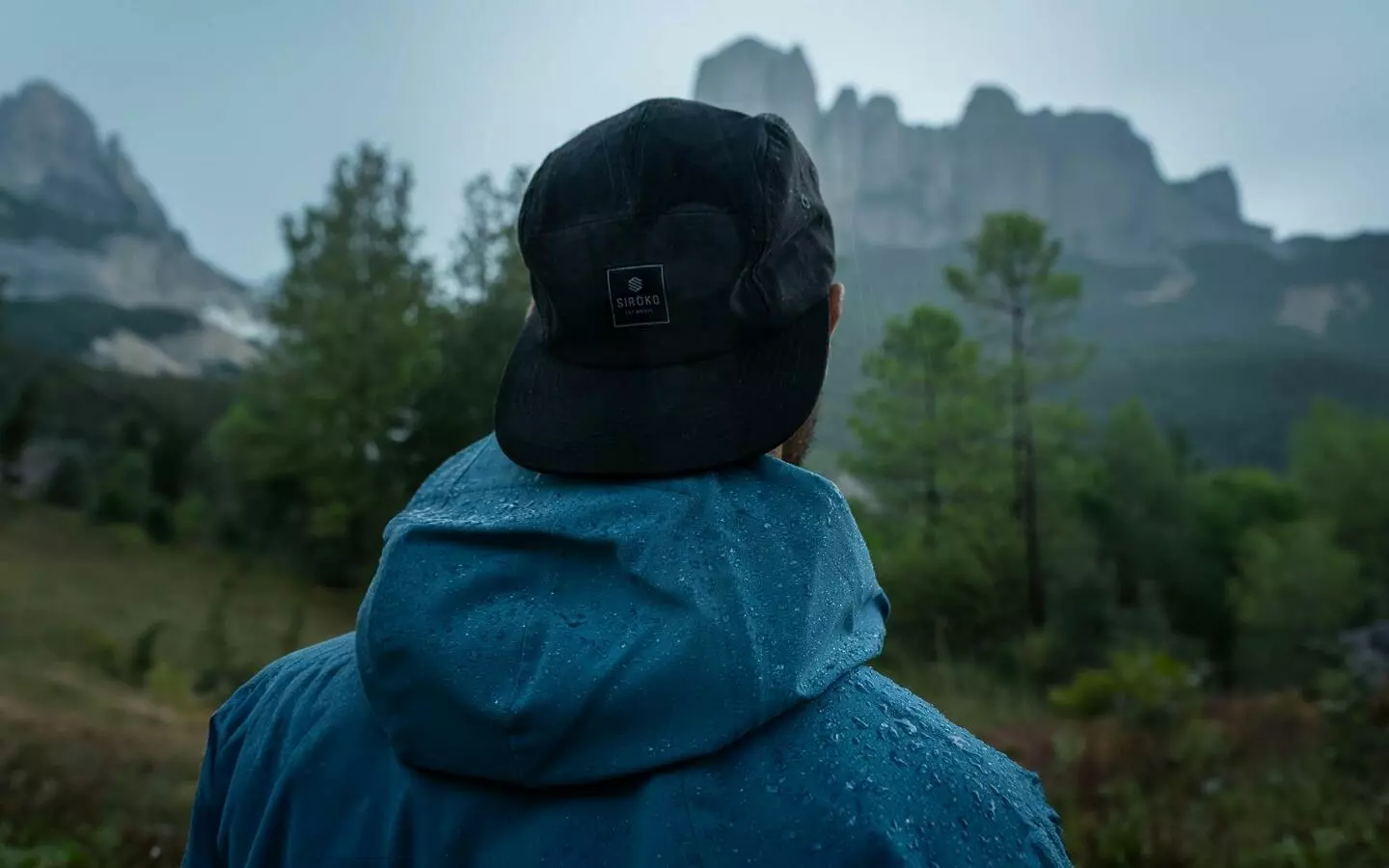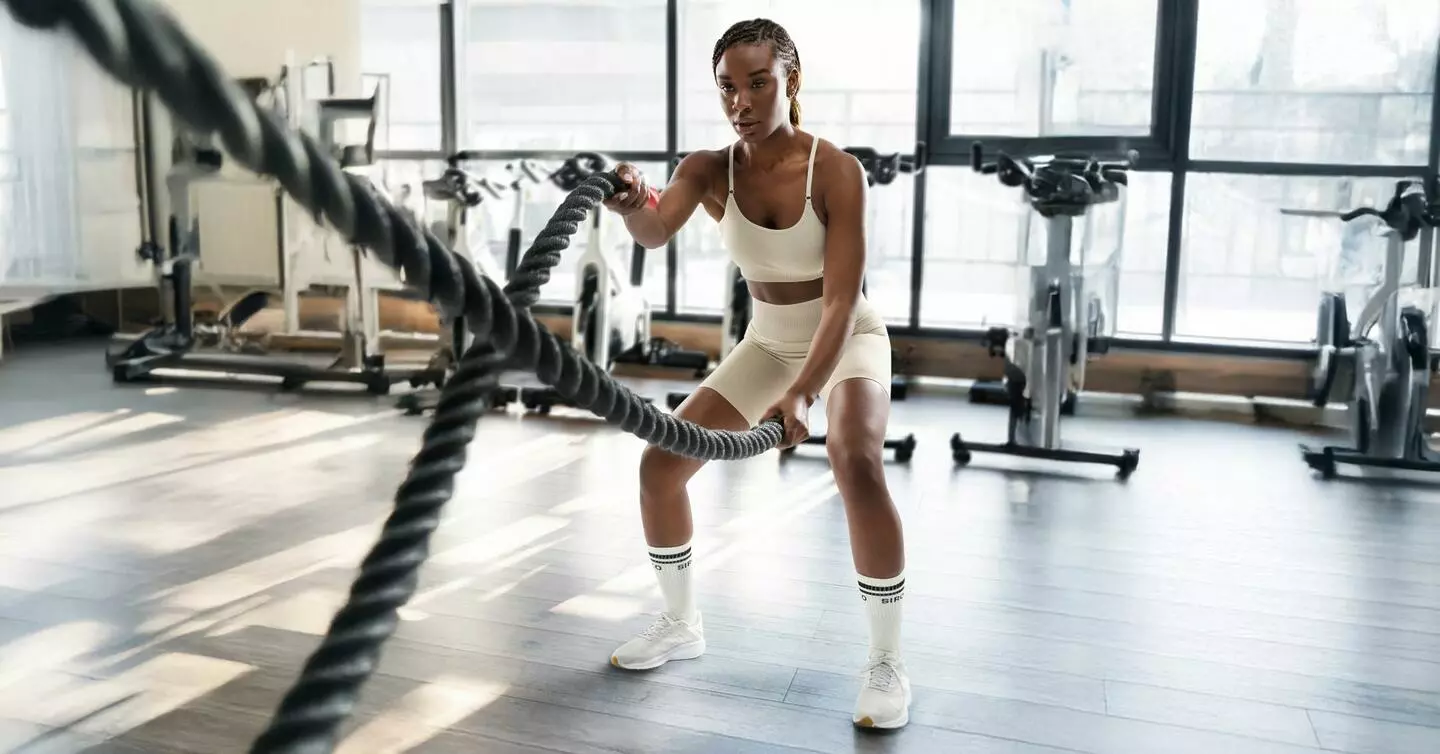If you’re planning to buy a bike or if you’ve been cycling for a while and want to improve or change the one you have, the second hand market is a good place to look for your next bike. The following tips will show you that it is much easier than buying a second hand car because there are fewer elements that can be faulty and you have the opportunity to see and test the essential bike parts even if you’re not an expert or don’t have professional tools. At the end of this guide you will also find some suggestions to help you with your search and purchase.
Here’s what you should look for when buying a used bike:
Bike frame and fork
Start with the fork and move on to the frame, checking the entire surface closely. If it is made of metal (aluminum or steel) check that there are no paint blisters or bubbles (a sign of corrosion) and that there are no dents in the frame. On a carbon bike it’s difficult to see cracks in the carbon that could lead to breakage, but it’s worth checking that there are no strange bends on the tubes.
Pay attention to the left chainstay under the chain and on the right side of the bottom bracket. In these areas the chain tends to hit, fall off and get between the chainrings and the frame leaving major marks if there is no proper protection.
Move the handlebars left and right to the point where they touch the frame, check both sides to see if there aren’t any dents caused by an accident or because the bike fell down when it was leaning against the wall.
Other elements to check are: The junction of the seat tube to the top tube, the rear derailleur hanger (part that joins the derailleur to the frame), the rear and front fork ends (where the wheels attach to the frame and fork) and the underside of the bike (turn it upside down and look underneath to avoid surprises).
In mountain bike suspension forks, check that they work and lock properly, that there are no major scratches on the upper legs and that there are no oil leaks. The same goes for MTBs with rear suspension (full suspension MTB bikes). In these models, it is also necessary to check that the suspension is attached to the frame correctly and that the axle or axles on which the suspension pivots do not rattle and aren’t damaged, as these areas have to withstand a lot of pressure. Check the functioning of the suspensions by getting on the bike and going for a ride.
Steering
You should check that there is no play. To do this, squeeze both brakes and rock the bike back and forth. If there is play in the headset you will hear a knocking sound.
It’s not an expensive repair but if the play has been there for a long time it may have left marks on the fork or frame. It is also a symptom that the owner has not bothered to fix the problem.
Wheels
Spin them and make sure that they are centered and that the sound that the wheel hub makes is smooth (not as if you were grinding coffee). Heavily used wheels on an older bike may be slightly off-center, but more than 1-2 mm is a serious issue.
When the wheels are spinning, check that the brake pads or discs are not rubbing. Run your hands over the spokes to check the tension and run your finger over the entire braking surface of the rim to check that it is smooth, with no noticeable marks beyond normal wear and tear. If you notice any concave or convex areas, be careful, it indicates deformation or excessive wear. Aluminum rims have small holes (sunken dots) in the braking surface, which are a very good wear indicator. If you do not see them, it’s time to change the rims.
We need to check the bearings. Grab the wheel and try to move it laterally. If it moves a lot you’ll need to have it fixed in a workshop and remember that a cheap bike that needs a lot of repairs is not that cheap anymore.
It’s important to check that the tires are not excessively worn out. Just like in the case of rims, the manufacturers make small holes that serve as wear indicators. If you do not see them it means that the tire has little life left. Also check that there aren’t any large cuts or flat areas due to some heavy braking.
Drivetrain
As it’s a group of components, you’ll need to see how they work as a whole and then check them one by one to see where the problem or damage may be. Get on the bike and start shifting all the gears to see if they are working properly and responding well to the shifters.It’s easy to see that a chain is in a bad condition but to see how much life it actually has left, you’ll need to shift to the gear where the chain is most tensioned (large chainring and middle sprocket on a road or mountain bike with double chainring, or large sprocket on a single chainring bike). Once the gear is engaged, grab the chain with two fingers to detach it from the chainring. If it takes some effort, it means that the chain could still be used; if it is easily detached, you will have to change it soon.
To check the condition of the chainrings and the cassette, look at the teeth. They must have the shape of a volcano, without any pointy endings. If you see that they are more like shark teeth, it means they are very worn out. When you look at the chainrings, grab the cranks, make them counter-rotate (move backwards) to see if they work smoothly and try to move them laterally to see if there is play in the bottom bracket axle. While you are bending down, take the opportunity to check the pedals, in case there is play or they do not rotate properly.
The functioning of the front and rear derailleur should be checked by switching gear and we have already done it when we got on the bike. To detect any possible problem, push them with your fingers or pull the corresponding cable, they should move easily. The state of the rear derailleur will tell you the story of any past hits or falls. If you see any major scratches or dents, the bike may have been in an accident – take it into account and thoroughly check the frame. Other signs of a fall are: scuffs on the sides of the saddle, on the shifter and brake levers and on the end of the handlebars.
Brakes
The first thing you should check is that they can be properly controlled by the levers, and that when you release them, they loosen quickly and do not rub against the wheel. Always take a good look at the brake pads, both in the case of a disc brake bike (mountain or road) and a rim brake bike. As with the gears, simply pulling on the brake cables and moving the brake calipers with your hands will also help you make sure that everything is in good condition.
Bolts and quick releases
Let’s not forget about all those elements that bind and hold the parts and components of the bike together. A little corrosion and rust on the bolts is not really dangerous but a completely rusted bolt is a major issue. Take a good look at them, as if they’re stuck they may be causing damage to a more important element such as the frame or fork. If the bolts have stripped heads it will be difficult to loosen or tighten the bike parts. Plus it’s a sign that the owner may not be as careful as he claims to be.
Finally, loosen and then retighten the wheel quick releases to check that they work properly and that the fork ends and the frame are in good condition.
Get on the bike
We have already advised you to get on the bike to check suspensions or gears, but don’t hesitate to do it as many times as necessary. This way you can check that there are no noises in the headset or bottom bracket when you stand on the pedals and apply force. Also make sure that the bike brakes well and that the frame is your size.
Now that you know what to look for in a used bike, here are some suggestions to guide your search and your purchase:
Ask yourself and ask the seller
First, ask yourself three simple questions: What are you going to use the bike for? How much are you willing to spend? What bike size do you need?
Ask the owner any questions you may have: How long have you owned it? How long have you used it? Do you have the original invoice? When was the bike last serviced? What major repairs have you had? Is something wrong with the bike? All these questions will help you get to know both the seller and the bike.
Research online, buy in person
Whether you want a specific model or you are simply looking for a bike and you have found one you like, browse websites, forums, stores, social media and collect all the information about the bike, the components and original price, and the opinions of users who have had the same model.
If it’s your first bike, we do not recommend buying it online unless the seller is trustworthy (check online reviews) or the web/app offers you purchase protection. You can surely find a bike that fits your needs nearby, so you can see it in person and check everything we talked about in this post. If you are still reluctant, arrange with the seller to meet in a professional bike workshop for a check-over or go directly to a second-hand bike store.
Cycling is not all about looks
Don’t let a well-worn saddle or a dirty handlebar tape put you off as they are easy to replace. Same goes for scuff marks from cables or shoe marks on the cranks. These are purely cosmetic issues. Focus on structural and functional elements of the bike as they are the decisive factor if you want to start cycling as soon as you buy the bike.
Too good to be true
If you’ve done your research, gathered information and come across an incredible bargain, chances are that something’s wrong with it and you will end up purchasing a bike with a hidden issue, a stolen bike or, worst case scenario, being a victim of a scam. Be extremely careful, especially buying online.
We hope that this quality inspection checklist and a guide to buying a second hand bicycle will be helpful. And remember to put some money aside to get the basic equipment to start cycling.





Pingback: Buy 2nd Hand Cycle - eBikeAI
Pingback: How to Purchase a Bike - eBikeAI
Pingback: 2nd Hand Bikes Near Me - eBikeAI